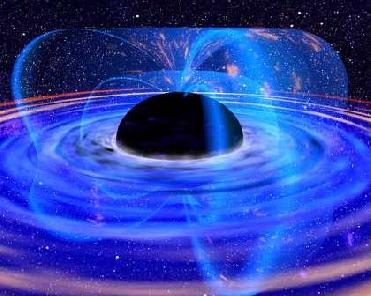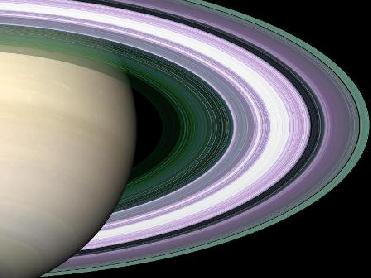
A black hole concept drawing by NASA
Black hole is a region in the cosmos whose gravitational pull is so strong that nothing can escape from it. A black hole is invisible because it even traps light. The fundamental descriptions of black holes are based on equations in the theory of general relativity developed by physicist Albert Einstein. The theory was published in 1916.
The gravitational force is strong near a black hole because all the black hole's matter is concentrated at a single point in its centre. Physicists call this point a singularity. It is believed to be much smaller than an atom's nucleus.
The surface of a black hole is known as the event horizon. This is not a normal surface that you could see or touch. At the event horizon, the pull of gravity becomes infinitely strong. Thus, an object can exist there for only an instant as it plunges inward at the speed of light.
Astronomers use the radius of the event horizon to specify the size of a black hole. The radius of a black hole measured in kilometers equals three times the number of solar masses of material in the black hole. One solar mass is the mass (amount of matter) of the sun.
According to general relativity, a black hole can form when a massive star runs out of nuclear fuel and is crushed by its own gravitational force. While a star burns fuel, it creates an outward push that counters the inward pull of gravity. When no fuel remains, the star can no longer support its own weight. As a result, the core of the star collapses. If the mass of the core is three or more solar masses, the core collapses into a singularity in a fraction of a second. � Courtesy: NASA
 Previous Article
Previous Article Next Article
Next Article












The Indian Air Force, in its flight trials evaluation report submitted before the Defence Ministry l..
view articleAn insight into the Medium Multi-Role Combat Aircraft competition...
view articleSky enthusiasts can now spot the International Space Station (ISS) commanded by Indian-American astr..
view article